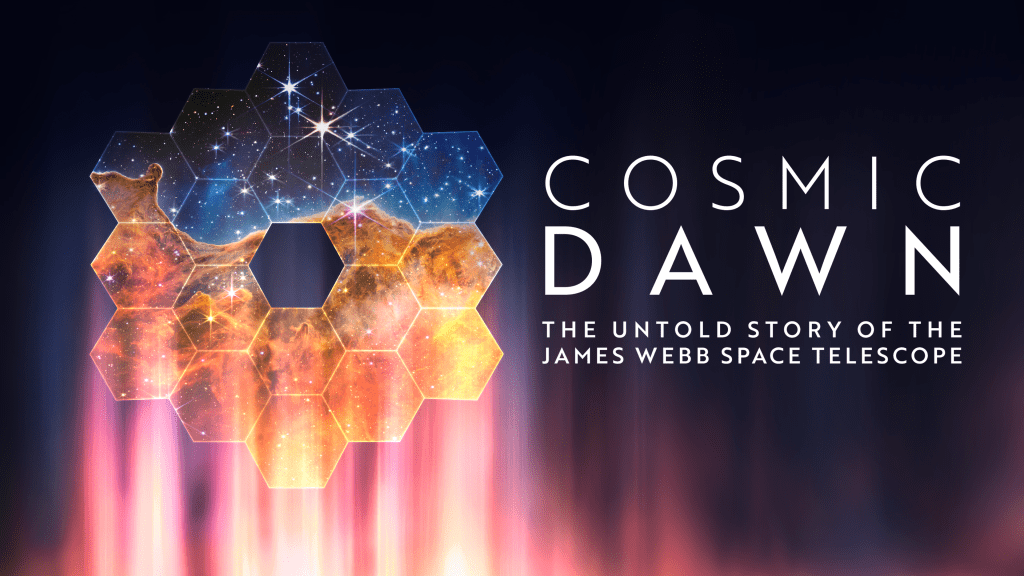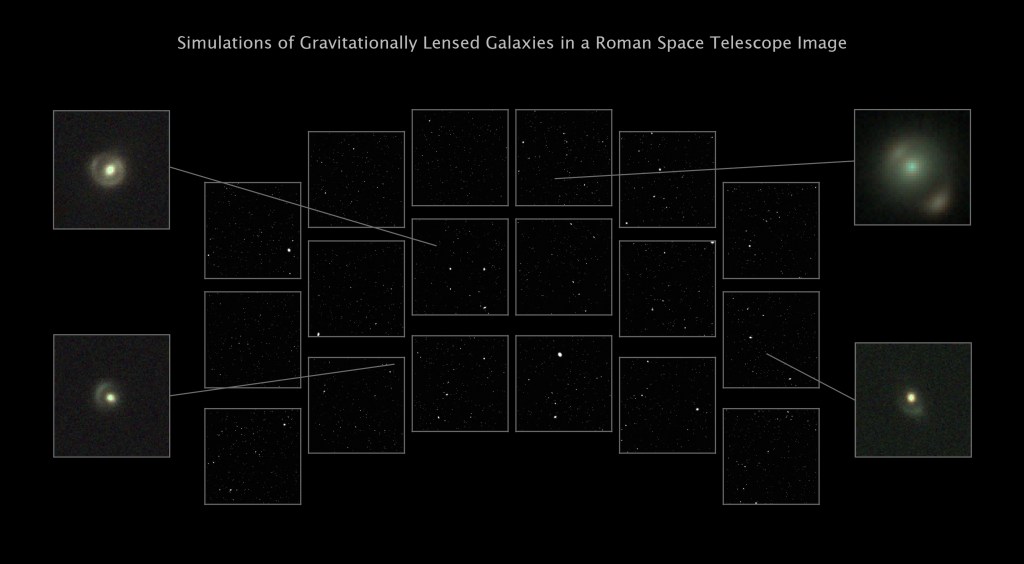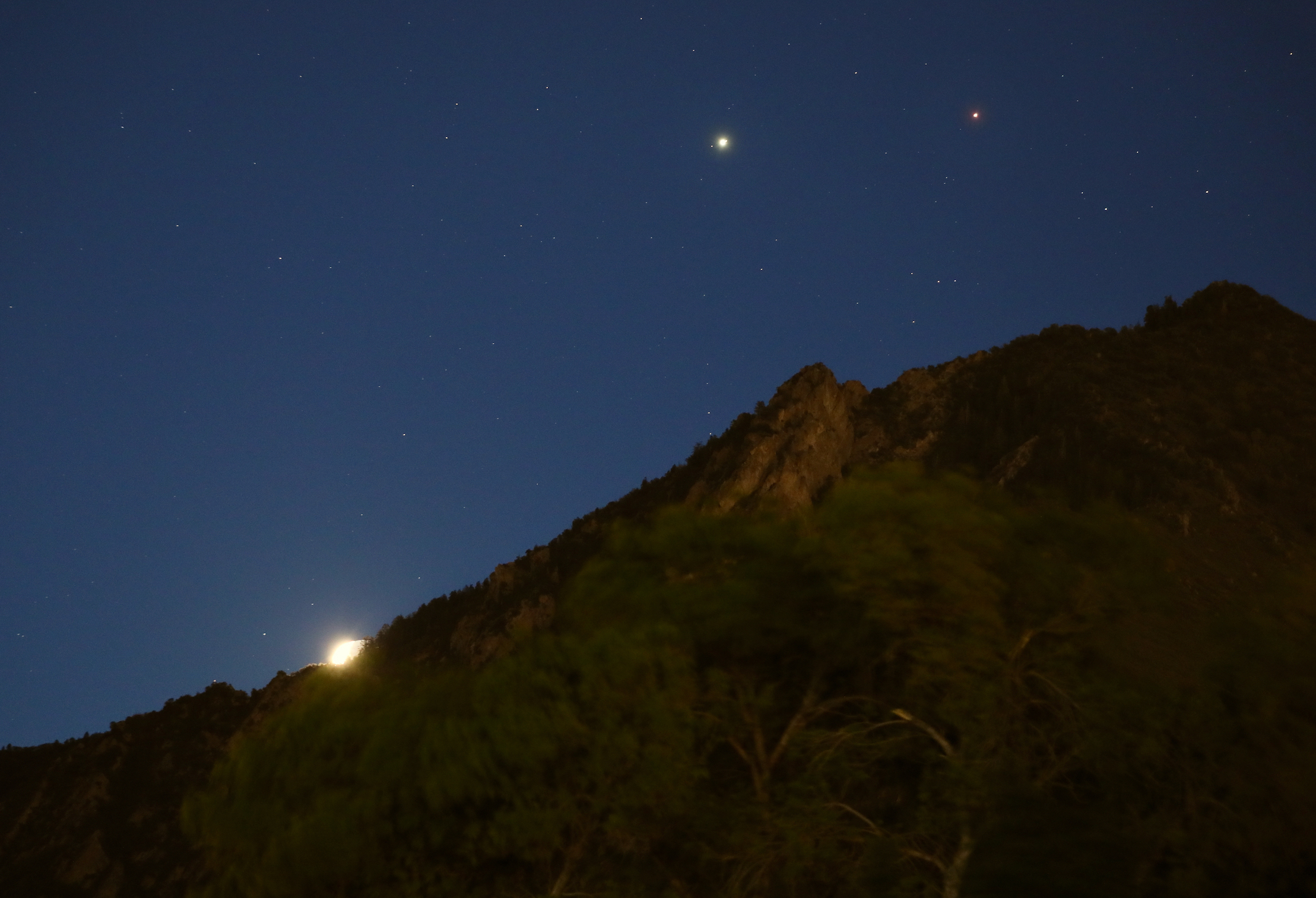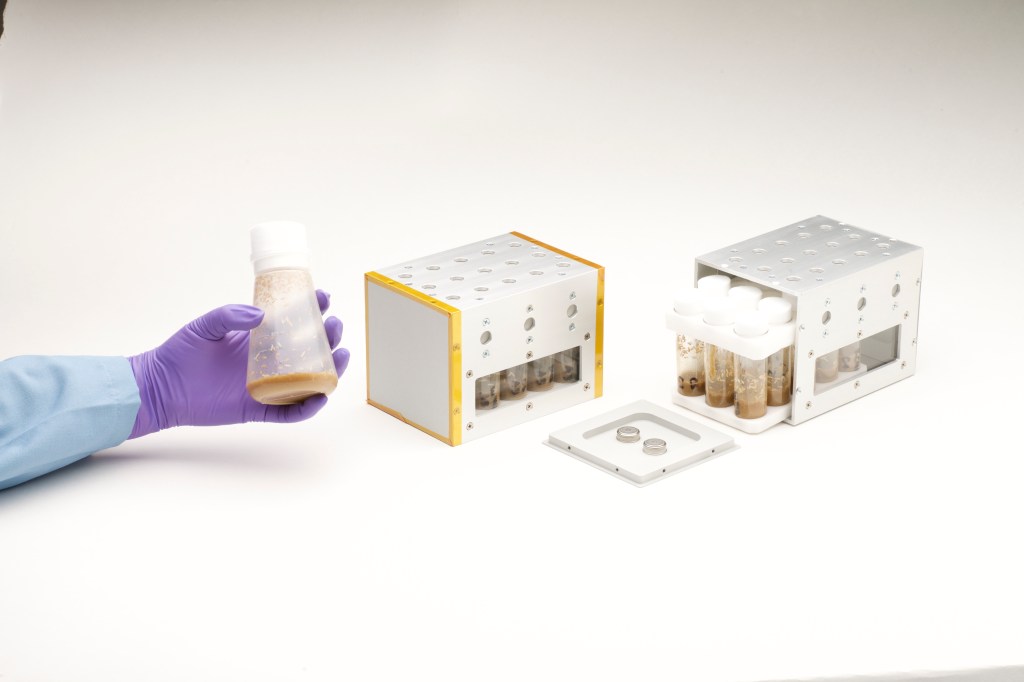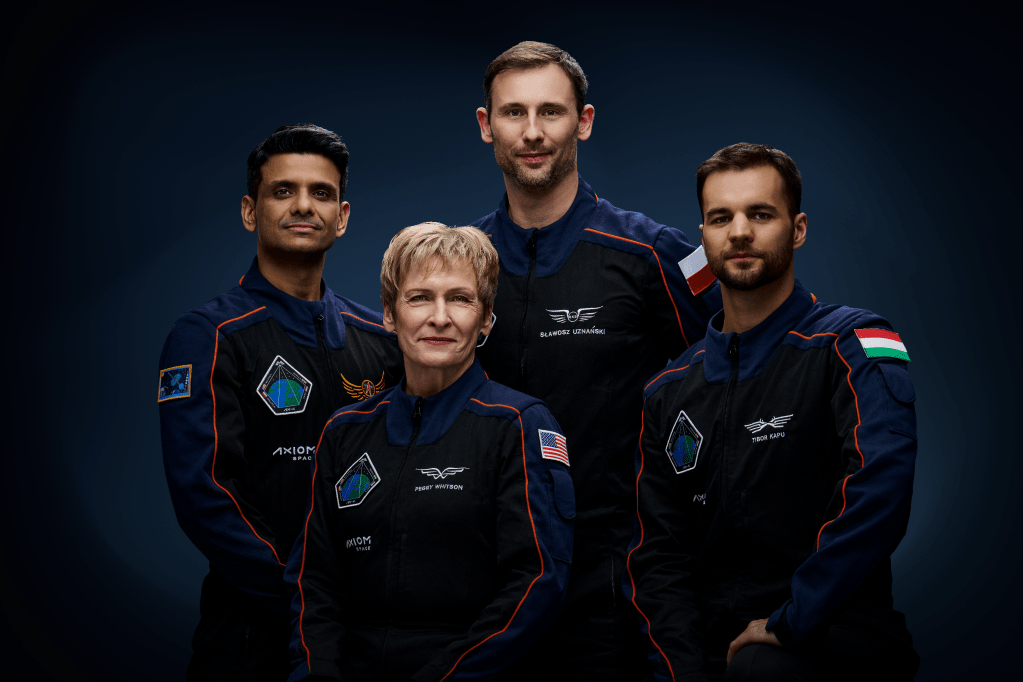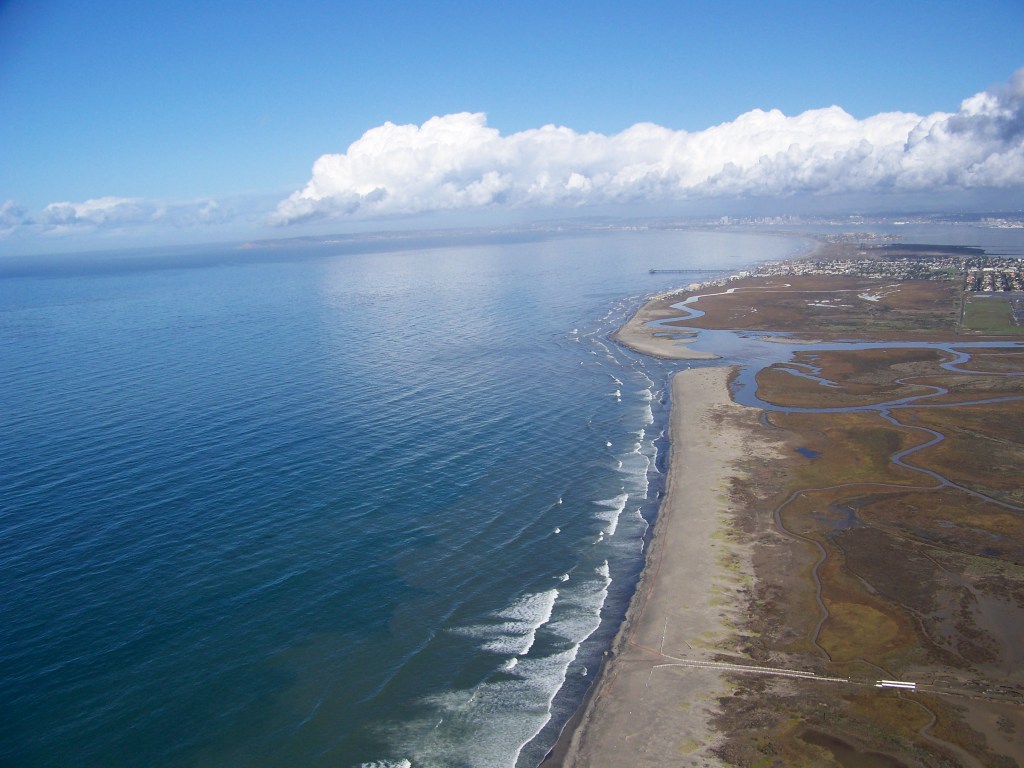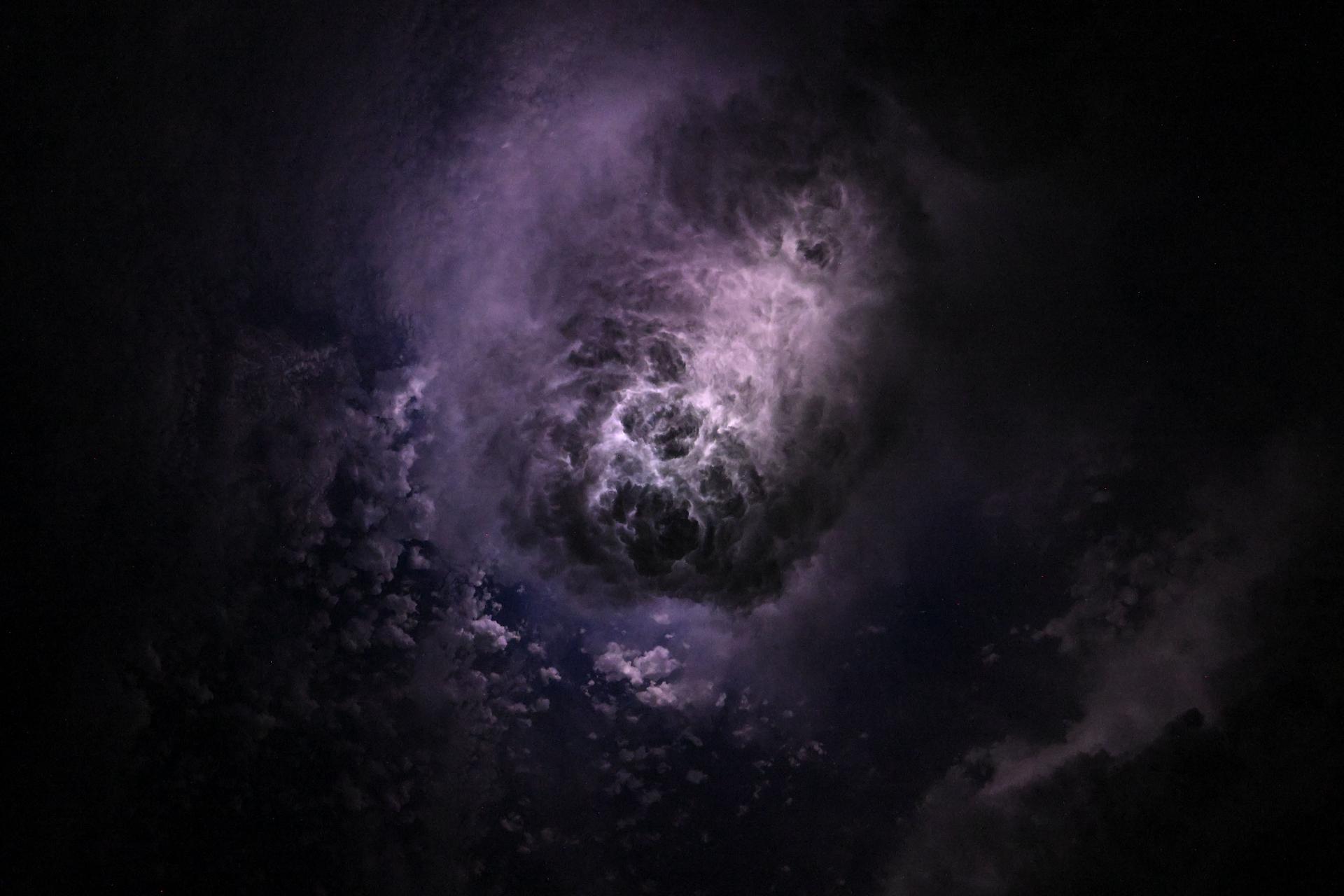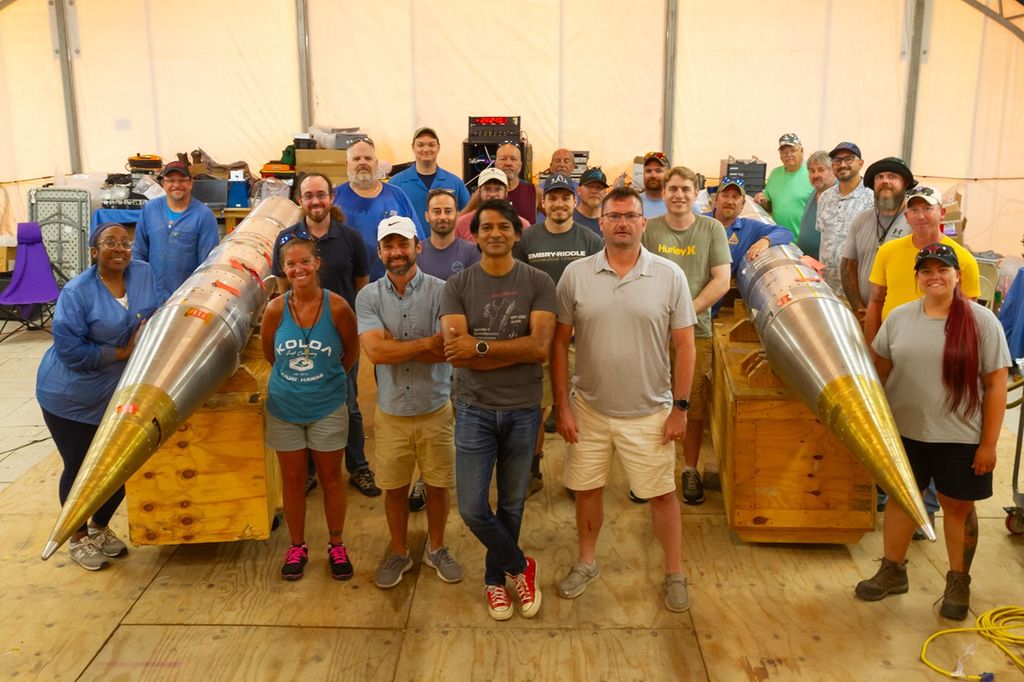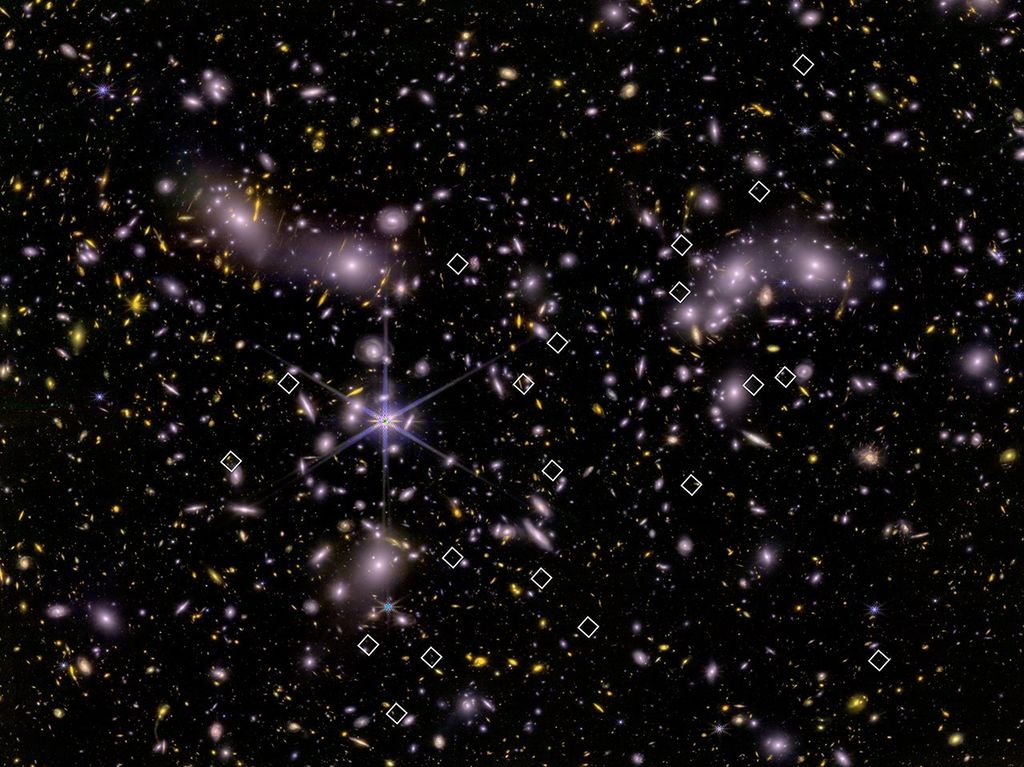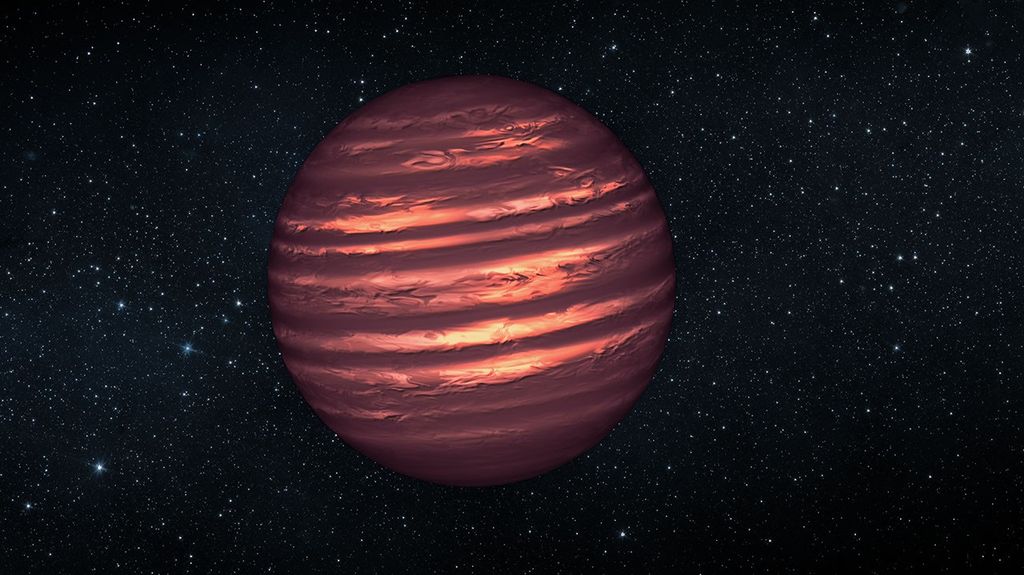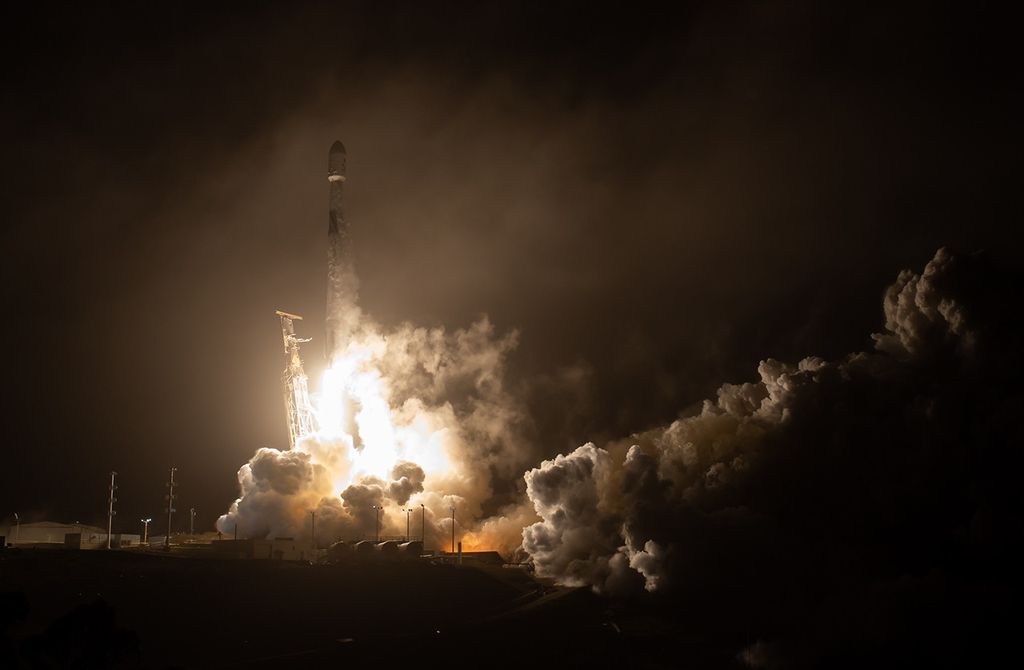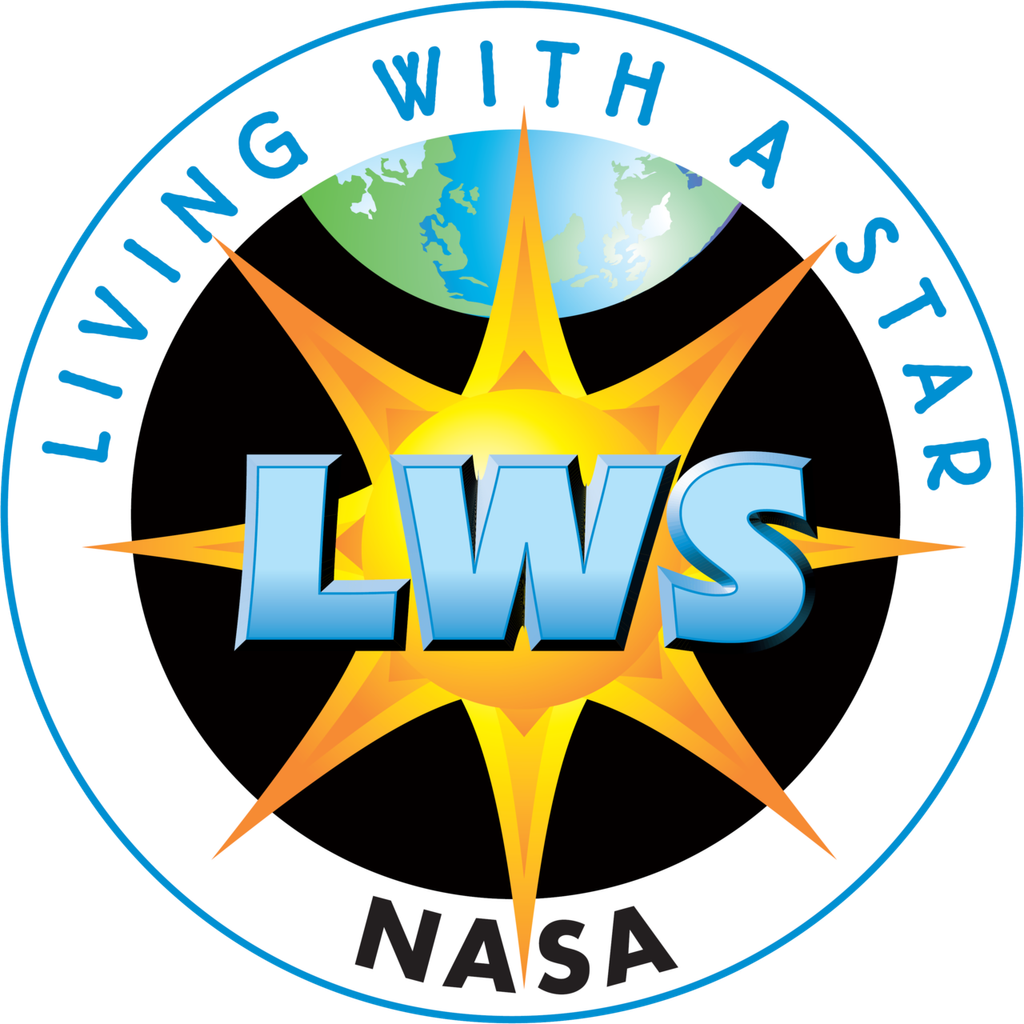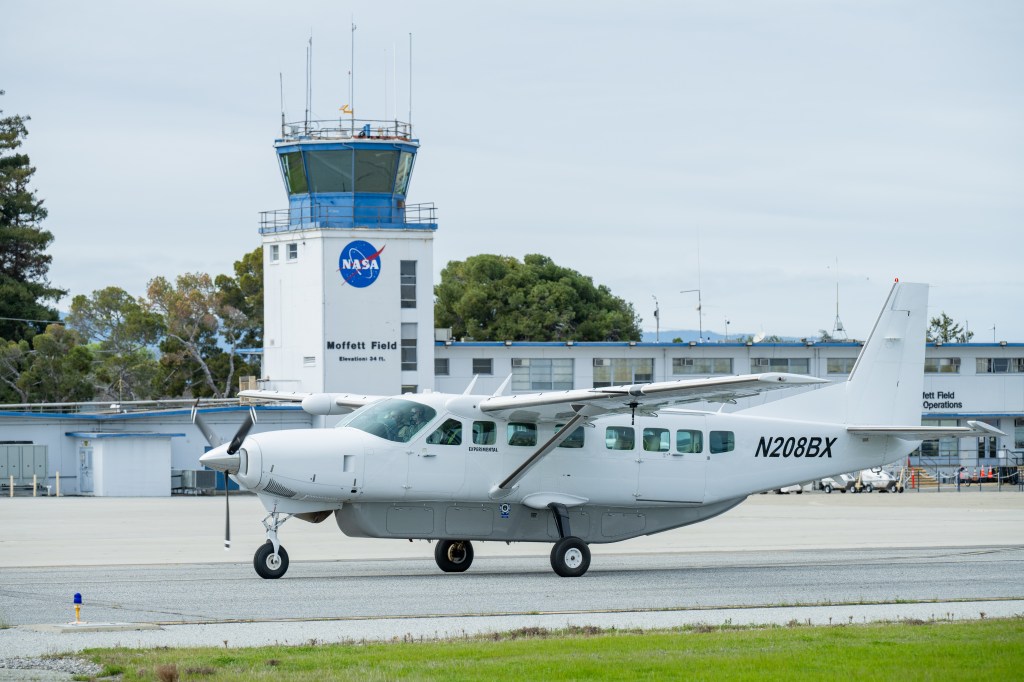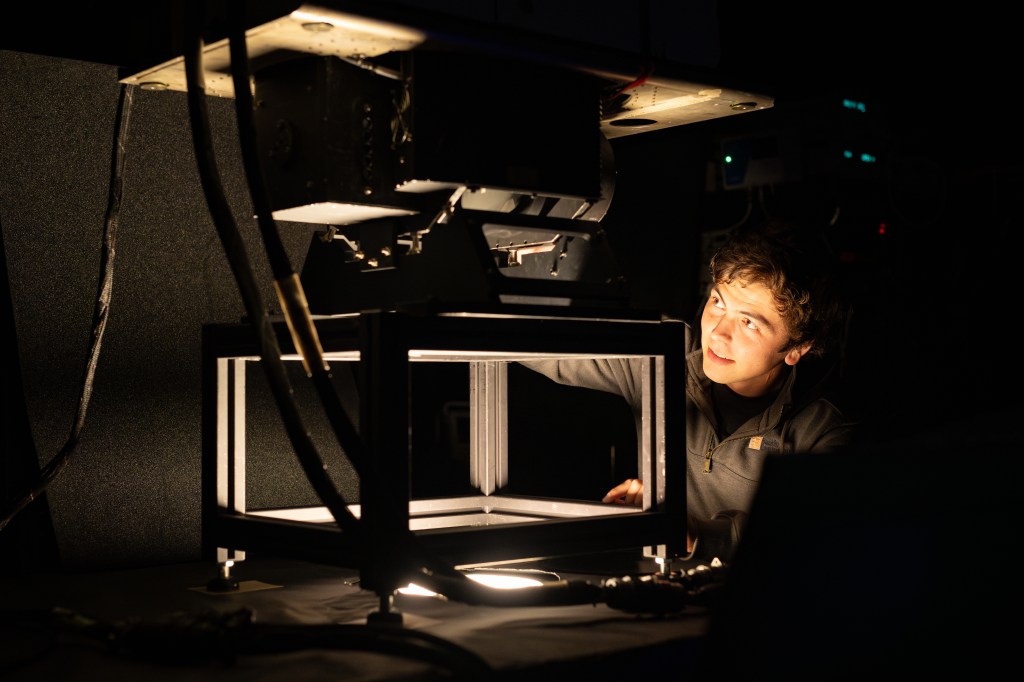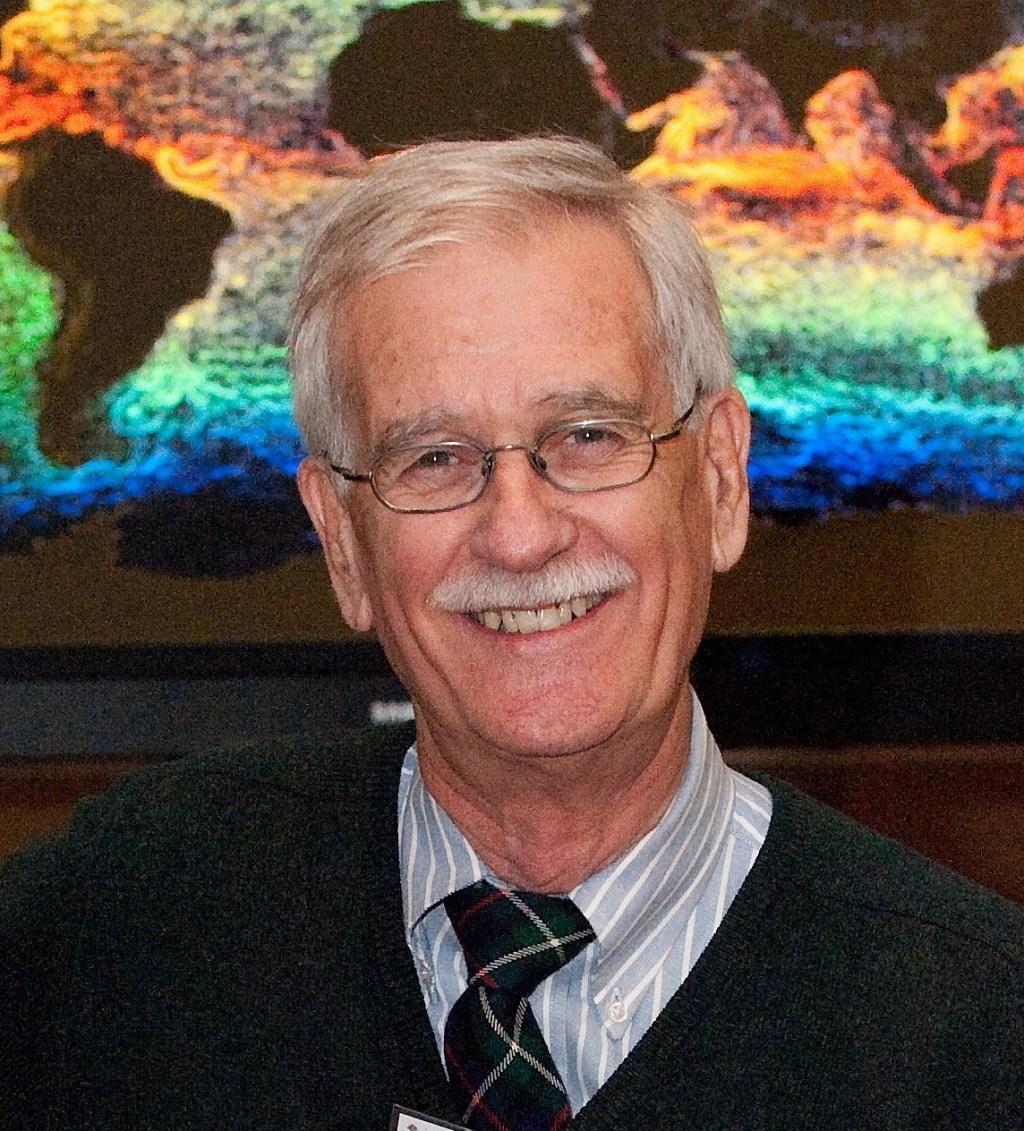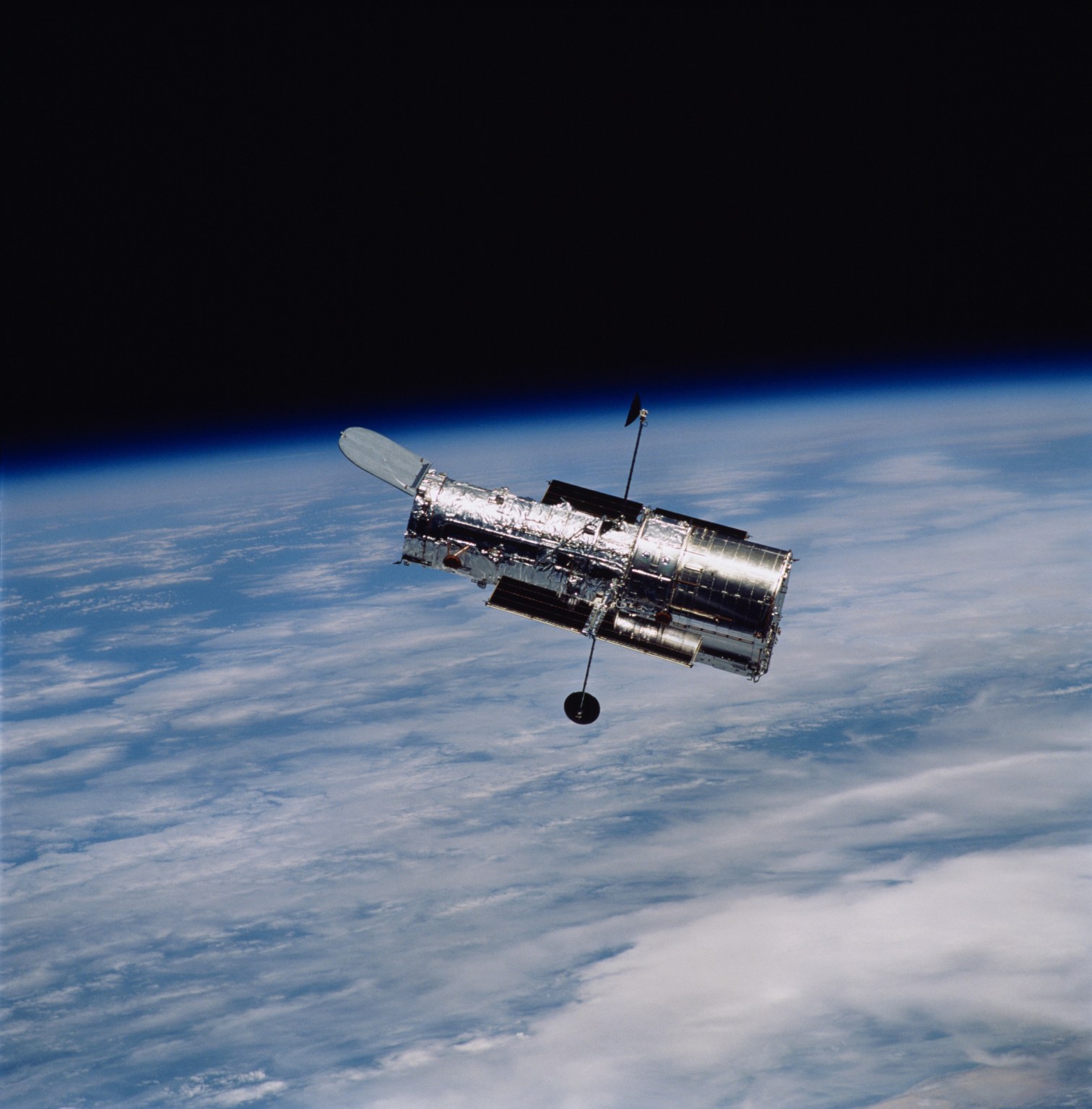1 min read
Hubble Sees a Neutron Star Alone in Space

This is the first direct look, in visible light, at a lone neutron star, as seen by NASA's Hubble Space Telescope. The Hubble results show the star is very hot (1.2 million degrees Fahrenheit at the surface), and can be no larger than 16.8 miles (28 kilometers) across. These results prove that the object must be a neutron star, because no other known type of object can be this hot, small, and dim (below 25th magnitude).
The first clue that there was a neutron star at this location came in 1992, when the ROSAT (the Roentgen Satellite) found a bright X-ray source without any optical counterpart in optical sky surveys. Hubble's Wide Field Planetary Camera 2 was used in October 1996 to undertake a sensitive search for the optical object, and found a stellar pinpoint of light within only 2 arc seconds (1/900th the diameter of the Moon) of the X-ray position. Astronomers haven't directly measured the neutron star's distance, but fortunately the neutron star lies in front of a molecular cloud known to be about 400 light-years away in the southern constellation Corona Australis.
About the Object
- R.A. PositionR.A. PositionRight ascension – analogous to longitude – is one component of an object's position.18h 56m 34.99s
- Dec. PositionDec. PositionDeclination – analogous to latitude – is one component of an object's position.-37° 54' 0.0"
- Object NameObject NameA name or catalog number that astronomers use to identify an astronomical object.RX J185635-3754
- Release DateSeptember 24, 1997
- Science ReleaseHubble Sees a Neutron Star Alone in Space
- CreditFred Walter (State University of New York at Stony Brook) and NASA
Share
Details
Claire Andreoli
NASA’s Goddard Space Flight Center
Greenbelt, Maryland
claire.andreoli@nasa.gov

